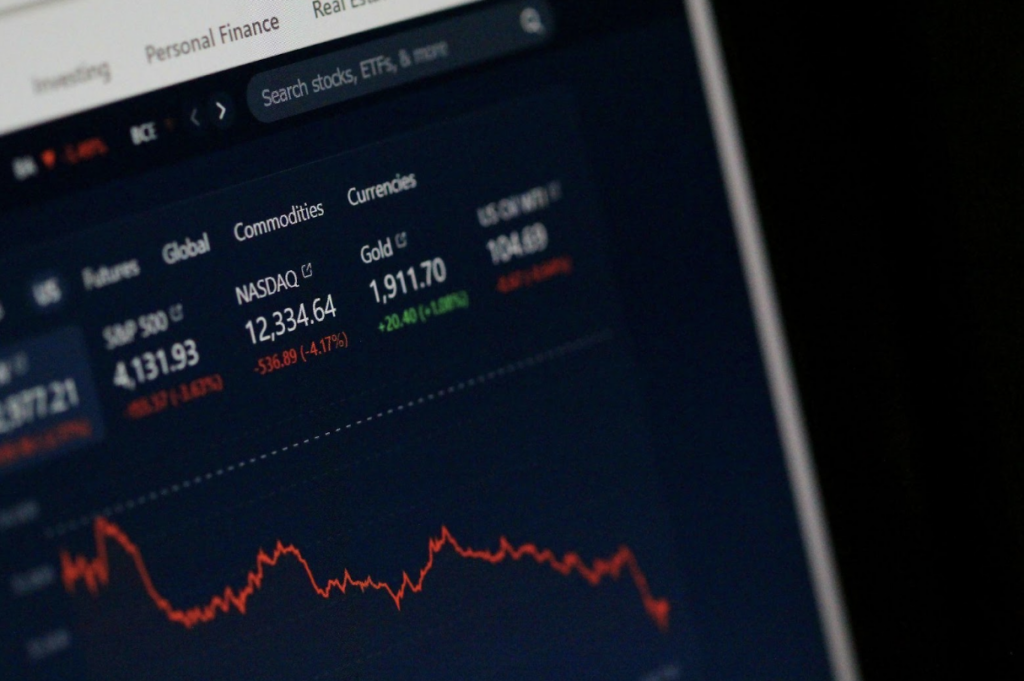
Maximizing returns is usually the primary objective in investing. However, mitigating losses can be of equal, if not greater, importance, as investors find losses much more distressing than missing out on potential gains.
Loss aversion, the powerful behavioral phenomenon that explains why, for some investors, the pain of losing is psychologically twice as powerful as the pleasure of gaining, has also been a source of innovation and the basis for the creation of risk management investment strategies, such as Cboe’s Buffer Protection Indices.
Cboe Buffer Protection Indices Explained
Cboe Global Markets, Inc. CBOE offers the Cboe Buffer Protect Indices, which are part of a family of Target Outcome Indices that provide a range of potential investment outcomes. Historically, these outcomes were available only through structured notes and certain insurance products.
Cboe’s Buffer Protection Indices are most effective in a bear, range-bound or modest bull market environment. They seek to provide a buffer of protection against downside losses over a set period while still providing the opportunity for growth to a maximum predetermined level. These strategies seek to provide returns similar to those of the S&P 500 Index, with lower volatility and downside risks, in most market environments except when the stock market is rallying rapidly.
Efficacy Of Cboe’s Buffer Protection Indices
Earlier this year, Cboe commissioned a whitepaper looking at the performance of three Cboe Buffer Protection Indices relative to the S&P 500 Index and Russell 2000 Index over a 17-year time period. From the analysis conducted, it was found that the Cboe Buffer Protect Indices demonstrated superior risk management characteristics compared to their underlying stock market counterparts. These indices exhibited lower volatility, reduced market beta, decreased Value-at-Risk and less severe maximum drawdowns.
This enhanced downside protection did not come at the expense of risk-adjusted returns, as the Cboe Buffer Protect Indices maintained similar or slightly higher Sharpe ratios relative to the stock indices. According to the whitepaper, the risk mitigation benefits of these indices were particularly evident during periods of significant market stress. For instance, in the elevated market volatility years of 2008 and 2022, the Cboe Indices significantly outperformed the stock indices, incurring substantially lower losses.
These findings suggest that the Cboe Buffer Protect Indices may offer investors an effective means of participating in market upside while providing a cushion against downside risk.
Accessing Cboe’s Buffer Protection Indices
In 2023, the financial landscape witnessed a significant surge of options-based ETF solutions, a trend driven mainly by the substantial market volatility experienced in 2022. This development directly responded to the considerable drawdowns observed in equity and fixed-income markets during the previous year.
These new ETF offerings addressed two primary investor concerns: minimizing portfolio volatility and generating income. Over 40 new buffer ETFs were launched throughout 2023 for managing portfolio volatility. This proliferation of buffer ETFs indicates the growing investor appetite for risk-mitigation tools in an increasingly uncertain economic environment.
As a leading derivatives-based index provider, Cboe’s Buffer Protect Indexes have helped make buffer-protect strategies more transparent and widely available, as various ETF manufacturers have leveraged the firm’s expertise in designing and bringing to market their own buffer ETF solutions.
Utilizing Cboe’s Buffer Protection Indices
Cboe’s Buffer Protection Indices demonstrate the powerful and versatile nature of options and how investors can utilize them to enhance their portfolios. Cboe has the capabilities necessary to realize complex index concepts backed by a large pool of derivatives data and supplemented with proprietary pricing algorithms.
The Cboe Buffer Protect Indices exemplify Cboe’s continued efforts to innovate by enhancing return consistency and mitigating downside risk associated with long exposure to equity market indices like the S&P 500 Index.
This approach can address the fact that losses can disproportionately affect investments, as the remaining capital must generate significantly higher returns to recover from a decline. As losses increase, the required return to reach the break-even point grows much faster.
The Cboe Buffer Protect Indices help investors engage with the market while providing a buffer against potential losses, safeguarding downside performance.
Learn more about how to manage volatile markets with Cboe on Thursday, Sept 26 at 11 am EST.
Featured photo by Anne Nygård on Unsplash.
This post contains sponsored content. This content is for informational purposes only and is not intended to be investing advice.
Market News and Data brought to you by Benzinga APIs
© 2024 Benzinga.com. Benzinga does not provide investment advice. All rights reserved.